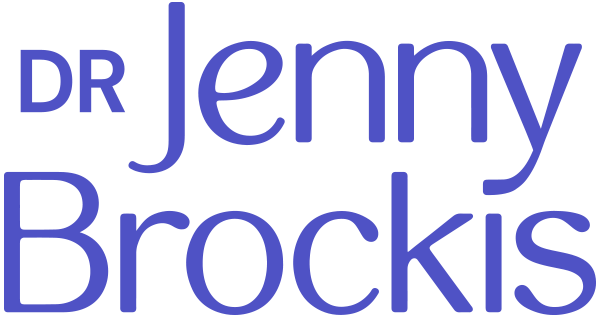“Success is getting what you want.
Happiness is wanting what you get.”
– Dale Carnegie
March 20th is World Happiness Day and I have a question for you.
Are you happy at work?
I’m not being facetious. Serious questions are being asked to determine how we can get better at creating positive workplace cultures that imbue greater happiness, because research consistently reports how happy, healthy workplaces are more profitable.
Talking about happiness at work can sometime feels as if I’ve dropped the “F” bomb. There can be an uncomfortable shuffling in seats, a raised eyebrow or an explosive outburst aka John McEnroe “You cannot be serious!”
I am.
I’m deadly serious about the need for greater happiness at work and not just because it’s good for business. It’s good for people, for you and me, and there’s a Science of Happiness to back it up.
If you’re someone who loves their work, how fabulous because feeling happy will be a natural outcome.
But let’s face it; some people loathe their jobs. They can’t stand the thought of yet another day spent doing work they find dull and with people who make them want to gouge their eyes out.
It’s been estimated that between 20-25% of the working population is actively seeking a new job at any time.
With 3.2 billion of the planet’s 7.3 billion population in the workforce,
you don’t have to be a mathematician to work out that’s one heck of a lot of people who are potentially very unhappy.
If that’s you, you may be interested to know that
March 31st is International Quit Your Crappy Job Day
If quitting’s not your scene, but you’d like things to be better there are a number of options to explore to boost your level of happiness, and that of your team, department and organisation.
Happiness is a choice.
It’s true. While genetics and circumstance also contribute, you determine 50% of your happiness set point. While wallowing in a little mud of self-pity and catastrophic thinking from time to time is normal (we are human after all), our level of resilience and adaptability is very much influenced by our mindset and expectation.
If you’re curious as to why Finland just won the 2018 crown as the happiest nation on earth closely flanked by the other Scandinavian countries in the 2018 UN World Happiness Report, it appears that these countries share common high rankings in income, healthy life expectancy, social support, freedom, trust and generosity.
Meik Wiking of the Happiness Research Institute in Denmark believes it is because the Finns are good at converting wealth into wellbeing, making those investments into quality of life for all.
Meanwhile Australia sits at no.10 while the US is in 18th place closely followed by the UK in 19th position.
Health and wellbeing go hand in hand. Like strawberries and cream or croissants and chocolate (thanks Emily Verstage for that one). Which is why creating greater happiness for yourself and others starts with better brain health.
Happiness at work is a safety issue.
The brain’s primary objective is to keep you safe. That’s why how you feel about your work environment is critical. Do you have the freedom, to get on with the job you’ve been hired to do, with the autonomy to deliver great work without the threat of micro-management, lack of social support (especially from a manager) or toxic work colleagues?
It’s second objective is to help you find reward. We feel rewarded when undertaking an activity that makes us feel good – like doing something for someone else to help out, like completing a group project that is successful in delivering the desired outcomes, or being acknowledged for our effort and contribution. These provide us with lots of lovely dopamine shots, motivating our desire to repeat those rewarding behaviours.
But it’s not just dopamine that lifts our spirits. Getting enough serotonin to balance our mood and elevate our sense of wellbeing comes for having access to the great and green outdoors and exposure to sunlight. Which is why balance is so important – taking time out away from work, to rest, refresh and recharge.
Our paradox lies in having enough of each and sometimes the balance falls towards more dopamine because that lovely D tickle is also experienced when we engage with our social media and technology. Every ding, ping and tweet is highly rewarding and activates that zoosh of a little more dopamine.
Which is where oxytocin can help. As social creatures hard wired to connect, oxytocin is released when are with those we like or have a relationship with. The power of social is that by creating strong positive interpersonal relationships we build trust, a feeling of safety and greater happiness.
You can boost your oxytocin levels through eye contact and touch, a handshake, a Hi-five or even a hug (if permitted and culturally appropriate).
Feeling safe, being acknowledged and recognised for your effort, seeing the tangible results of your contribution and enjoying the company of those you are with provide the essential ingredients for greater happiness at work.
If this year’s holiday destination is now Finland, you may experience a very happy time because our emotions are contagious and if the prevailing wind is set to Happy, there’s a good chance you’ll come back with a positive holiday germ.
Maintaining happiness at work is not expected to be a 24-hour phenomenon. People might think you’re a little weird and wonder what you’re taking if that’s what you try to achieve.
It’s about to nurturing relationships, influencing mindsets and checking in on progress, and is counterbalanced by recognising the importance of experiencing all emotions both happy and sad, because how else would we recognise the joy that comes with feeling happy?


